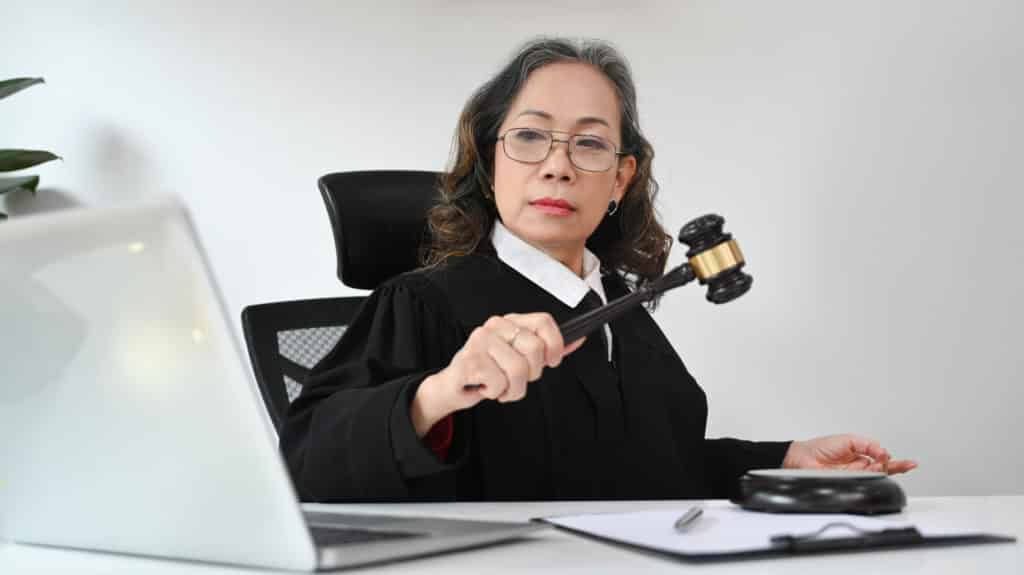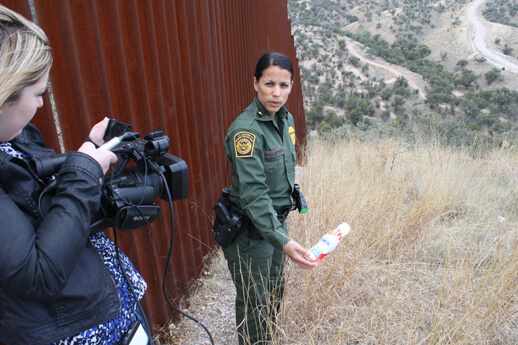Legal Videography: Changing the Means Proof is Caught and Provided
Exploring the Vigor of Lawful Videography: a Comprehensive Insight Into Its Capability in Maintaining Accurate Visual Records for Legal Situations
Legal videography stands as an important part in the world of legal procedures, serving as a quiet yet effective onlooker in the search of justice. The use of video technology in recording legal cases exceeds simple record-keeping; it encapsulates the really significance of occasions, emotions, and testaments that unravel within courtrooms. By meticulously catching aesthetic evidence, lawful videography not only preserves the precision of these moments yet likewise provides a much deeper understanding of the complexities entailed. As we explore the functionality and importance of lawful videography in the context of lawful instances, a profound understanding dawns upon the important duty it plays in shaping the course of justice.
Relevance of Lawful Videography
Highlighting the essential role of legal videography in modern lawful procedures, its value hinges on its capability to provide irrefutable visual proof that enhances the presentation of testimonies and facts. By catching real-time events, depositions, and witness testimonies in a video clip style, lawful videography makes sure that every expression, detail, and nuance is accurately preserved for later evaluation. This aesthetic documents offers as a powerful tool in courtrooms, enabling courts and jurors to better recognize the context of an instance and make informed choices based on the presented proof.
Furthermore, lawful videography adds to increased transparency and responsibility in the legal system. It helps prevent false impression or adjustment of info by offering a clear and objective record of events. This aesthetic evidence can additionally be vital in settling disagreements, validating statements, and inevitably strengthening the reputation of legal procedures. Essentially, the relevance of legal videography hinges on its capability to promote the integrity of the lawful process by catching and protecting precise visual records that support the search of justice.
Performance in Lawful Paperwork
Lawful videography's duty in contemporary legal proceedings extends beyond offering aesthetic evidence; its functionality in lawful documents is vital for precisely protecting the details of occasions and testaments. With the careful recording of depositions, courtroom procedures, witness statements, and criminal activity scene examinations, lawful videography ensures an unfiltered account of events that can be taken another look at and assessed throughout the lawful process. This exact documents offers as a vital resource for juries, judges, and legal representatives to reference specific minutes, body movement, faces, and nuances that might not be totally caught in created transcripts alone.
Furthermore, lawful videography plays an essential function in keeping the honesty of lawful procedures by minimizing the danger of false impression or manipulation of details. The visual records caught through legal videography offer an objective representation of the realities presented throughout a situation, using a thorough and reputable source of proof that can substantially affect the end result of legal disputes (Legal Videography). Essentially, the capability of legal videography in lawful documents acts as a cornerstone in maintaining openness, accuracy, and justness within the lawful system
Relevance in Visual Proof Preservation
Maintaining visual evidence via careful recording methods is an essential facet of legal videography. The relevance of aesthetic proof conservation can not be overemphasized in lawful proceedings. Visual evidence, such as video clips of criminal offense crashes, scenes, or statements, can offer important understanding into events that words alone might not totally capture. By precisely recording these visuals, legal videographers play a crucial duty in guaranteeing the integrity and authenticity of proof offered in court.
Visual proof conservation also aids in avoiding misconceptions or false impressions that can arise from created or spoken statements. The ability to see and hear occasions as they occurred can substantially impact the outcome of a situation. Furthermore, aesthetic proof can function as an effective tool for both the prosecution and defense in offering their arguments persuasively.
Duty in Ensuring Justice
In the search of just legal and fair end results, the function of lawful videography is crucial. Lawful videography plays an important duty in ensuring justice by offering precise and honest aesthetic proof that can considerably impact the result of legal cases.
Additionally, lawful videography offers as a means of protecting crucial moments and details that may be missed or misunderstood in created records (Legal Videography). By documenting scenes, activities, and communications in real-time, legal videography aids protect against misstatements and makes sure that all parties entailed have access to the same information, advertising transparency and liability in the legal procedure. Eventually, making use of legal videography not only boosts the effectiveness of legal procedures but additionally supports the concepts of justice and equity in the legal system
Essential Tool for Legal Instances

Conclusion
To conclude, legal Resources videography plays an important function in preserving exact visual records for legal instances. Its relevance exists in its functionality in legal paperwork, significance in visual proof preservation, and role in ensuring justice. As a vital tool for lawful instances, lawful videography works as a beneficial source for providing visual proof and adding to the total stability of the legal procedure.
Legal videography's role in contemporary legal process extends beyond offering aesthetic evidence; its functionality in lawful documentation is crucial for properly protecting the information of events and testaments. In significance, the performance of legal videography in lawful documentation offers as a foundation in supporting openness, accuracy, and justness within the lawful system.
Eventually, the usage of lawful videography not just boosts the efficiency of legal procedures but also promotes the principles of justice and equity in the legal system.

As an important tool for lawful instances, lawful videography serves as a beneficial source for presenting aesthetic evidence and contributing to the overall honesty link of the legal procedure.